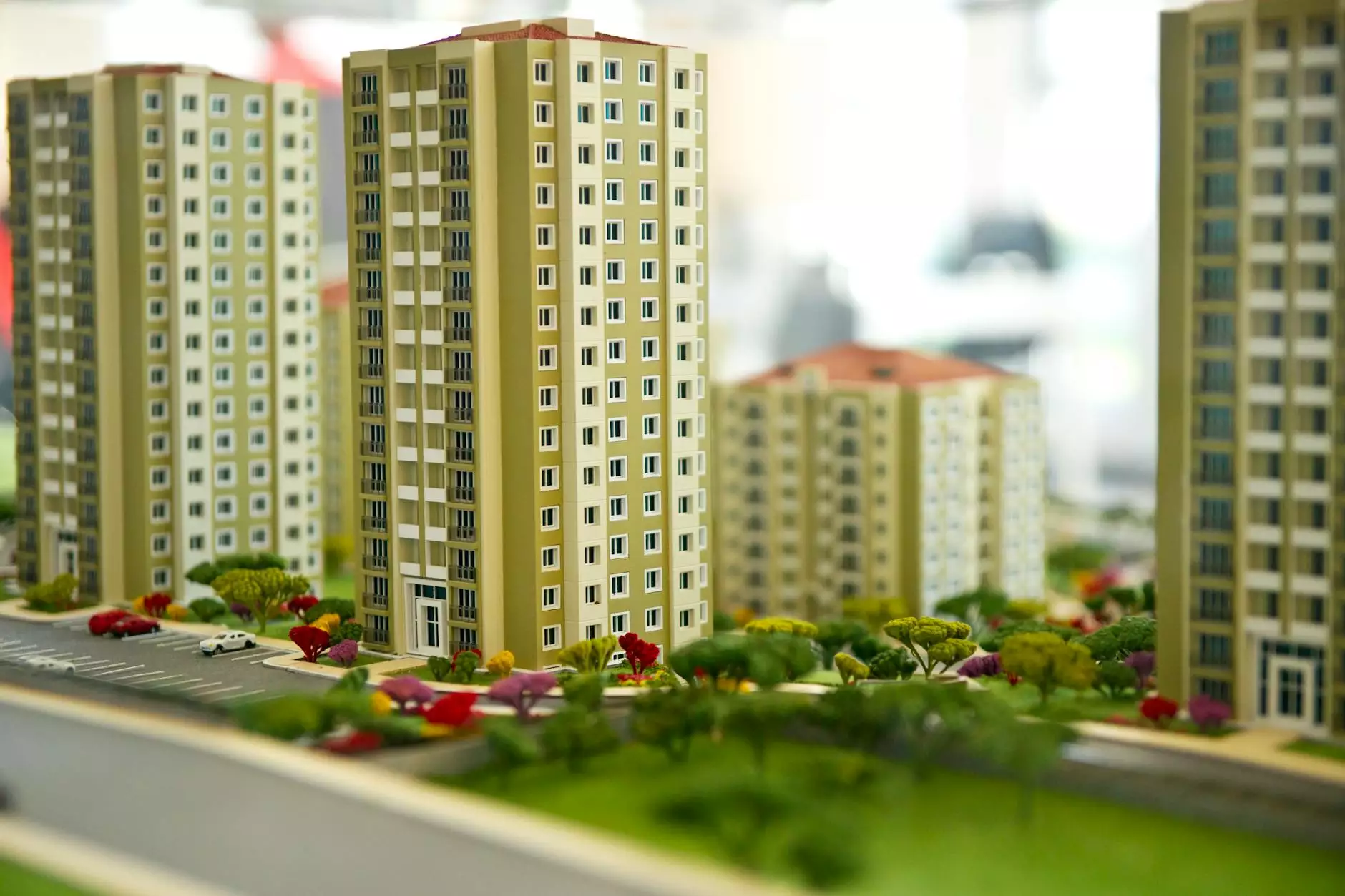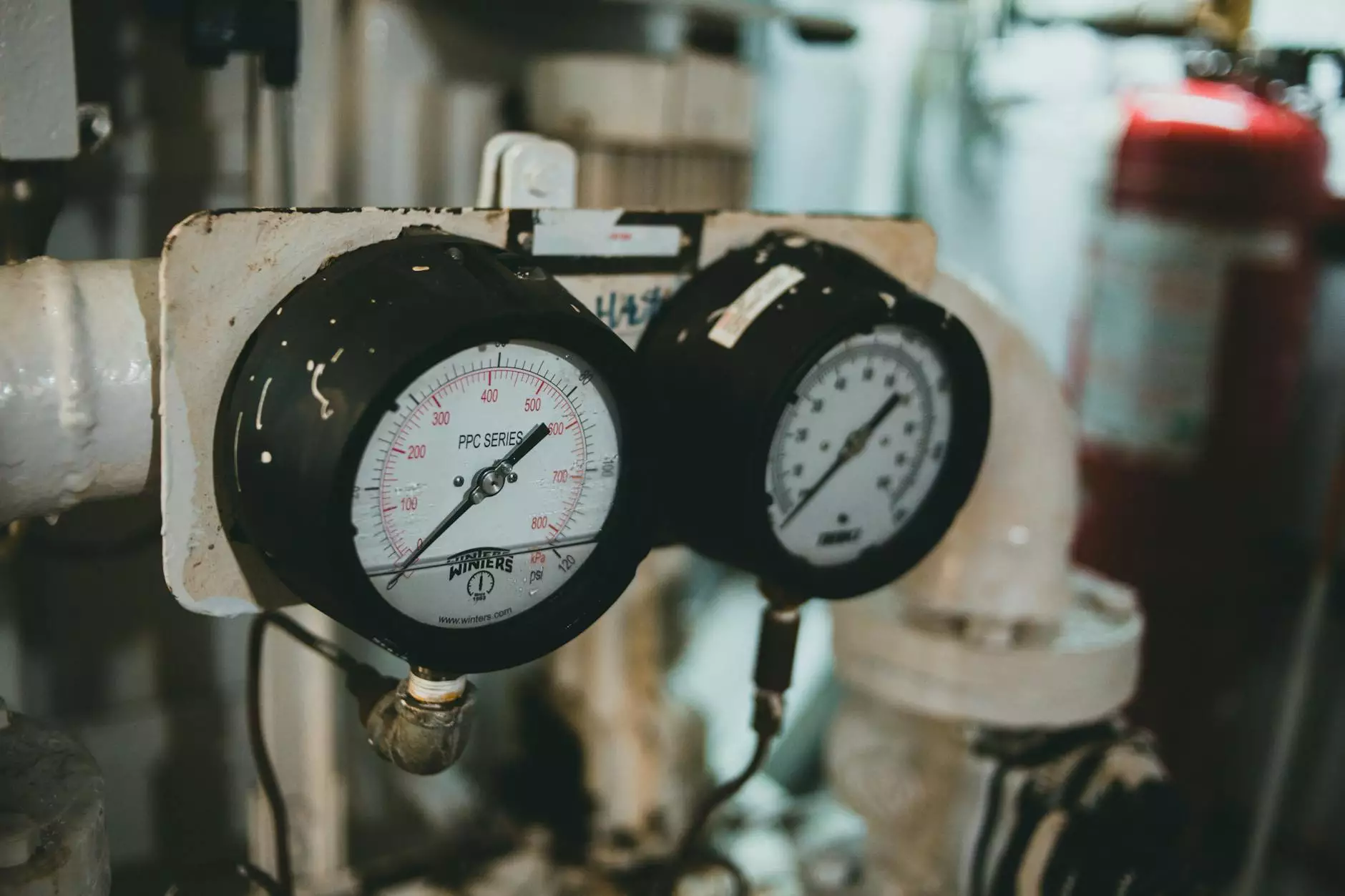Mastering CentOS 7 NVMe Installation for Optimal Performance

In today’s digital landscape, the choice of operating system and setup plays a crucial role in how efficiently a business operates. CentOS 7 is a robust and popular choice for many IT environments due to its stability and performance, particularly for server applications. When combined with NVMe (Non-Volatile Memory Express) technology, the results can be astonishing. This article will dive into the essentials of performing a successful CentOS 7 NVMe install, guiding both novice and seasoned IT professionals through the process.
Understanding NVMe Technology
Before diving into the intricacies of installation, it’s important to grasp what NVMe entails and why it is advantageous for your system.
- High-Speed Access: NVMe drives boast faster read and write speeds compared to traditional hard disk drives (HDD) and even SATA SSDs, making them ideal for high-performance environments.
- Low Latency: The architecture of NVMe allows for lower latency and higher input/output operations per second (IOPS), making tasks quicker and more efficient.
- Scalability: As technology progresses, NVMe drives are evolving to meet increased demands, providing longevity to your hardware decisions.
Prerequisites for CentOS 7 NVMe Installation
Before you embark on the installation journey, you will need to ensure that you have the following:
- Compatible Hardware: Verify that your motherboard supports NVMe drives. Most modern systems do, but it's essential to double-check.
- Bootable CentOS 7 Installation Media: This can be a CD, USB stick, or any other form of bootable media with the CentOS 7 ISO file.
- Basic Knowledge of Linux Commands: Familiarity with the Linux command line will be beneficial as you navigate the installation process.
Creating Bootable CentOS 7 Media
The first step in your journey of a CentOS 7 NVMe install is to create a bootable installation media. Here’s how you can do it:
Using Rufus on Windows
- Download the CentOS 7 ISO from the official CentOS website.
- Install and open Rufus, a free tool for creating bootable USB drives.
- Select your USB drive under "Device."
- Choose "Disk or ISO image" and locate the CentOS ISO file.
- Click "Start" and wait for the process to complete.
Using dd on Linux
- Download the CentOS 7 ISO file.
- Open a terminal and list available disks using lsblk to identify your USB drive.
- Run the command sudo dd if=/path/to/CentOS.iso of=/dev/sdX bs=4M; sync, replacing sdX with your USB drive identifier.
Installing CentOS 7 on NVMe
Booting from the Installation Media
Once you have your installation media ready, follow these steps:
- Insert your bootable USB drive or CD into your system.
- Restart your computer and access the BIOS/UEFI settings (usually by pressing Delete, F2, or Esc during startup).
- Change the boot order to prioritize the USB drive or CD.
- Save your settings and exit the BIOS. The CentOS 7 installer should load.
Installation Steps
Follow the on-screen prompts carefully:
- Select "Install CentOS 7".
- Choose your language and region. Click "Continue".
- In the "Installation Summary" screen, configure:
- Date & Time: Set the correct timezone.
- Keyboard: Select your keyboard layout.
- Language Support: Ensure all necessary languages are installed.
- Click on "Installation Destination". Here, you will see your NVMe drive listed. Select it for installation.
- You may choose to partition the drive manually or let the installer automatically handle it. For most users, automatic partitioning is the simplest option.
Finishing the Installation
After configuring your installation settings:
- Click "Begin Installation".
- During the installation, set up a root password and create a user account.
- Once the installation is complete, click "Reboot."
Post-Installation Configuration
After successfully booting into your newly installed CentOS 7 system, there are several configurations you should consider:
Update Your System
Always ensure that your system is up to date. Use the following command in the terminal:
sudo yum update -yInstall Necessary Software
Depending on your business needs, you might want to install:
- Web servers (Apache, Nginx)
- Database servers (MySQL, PostgreSQL)
- Development tools (gcc, make, git)
Troubleshooting Common Issues during CentOS 7 NVMe Install
While installing CentOS 7 on NVMe drives, you may encounter some issues. Here are some solutions for common problems:
NVMe Drive Not Recognized
If your NVMe drive isn't detected during installation, check your BIOS settings to ensure that NVMe is enabled. If it is enabled, consider updating your motherboard’s BIOS firmware.
Installation Hangs or Freezes
This can be a result of a faulty installation media. Try recreating it or switching to another USB port or CD/DVD drive.
Network Issues
If the installer cannot establish a network connection, double-check your network settings in the "Installation Summary" menu. Ensure that the network interface is enabled.
Conclusion
In conclusion, mastering the CentOS 7 NVMe install process can dramatically enhance the performance of your servers and business applications. By following this detailed guide, IT professionals and enthusiasts alike can ensure a successful setup that leverages the speed and efficiency of NVMe technology. As a business owner or IT manager, investing time in understanding this installation process will result in a robust and high-performing infrastructure, ultimately driving your business success.
For more assistance with IT services, computer repairs, and further enhancements to your infrastructure, visit first2host.co.uk.









